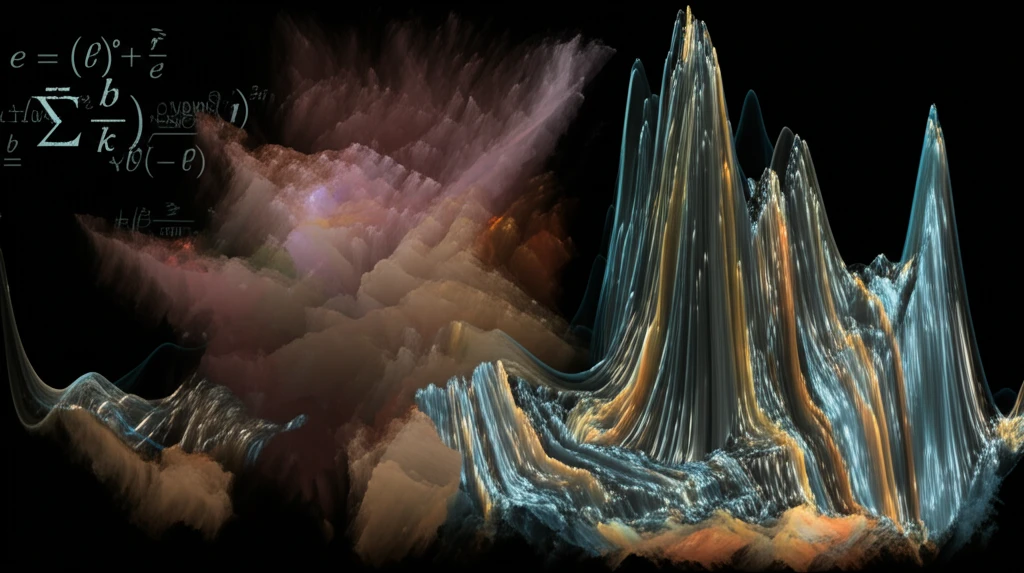
Interface Innovation: How Breakthroughs in Anisotropic Mean Curvature Flow Could Reshape Tech and Materials
"Dive into cutting-edge research that's making waves in applied mathematics and materials science. Learn how new algorithms are smoothing the way for innovations in everything from AI to advanced manufacturing."
In recent years, the movement of interfaces has become a focal point of scientific exploration, particularly in the realm of mean curvature. This fascination spans diverse applications, from enhancing image processing techniques (like denoising and segmentation) to refining material sciences (such as grain boundary control in alloys and crystal growth) and even modeling biological phenomena (like the behavior of vesicles and blood cells). At the heart of these advancements lies the pursuit of more effective numerical schemes for anisotropic mean curvature flow—the 'gradient flow' of an anisotropic perimeter.
The existing landscape of numerical methods for curvature flows is rich, generally classified into three main approaches: parametric methods, level set formulations, and phase-field approaches. Each offers unique advantages and is suited to particular problems, yet the quest for accuracy, efficiency, and broader applicability continues to drive innovation in the field.
Now, a groundbreaking scheme has emerged, rooted in a phase-field representation. This method introduces a specific anisotropic Laplacian operator, which streamlines both standard phase-field approximations (an anisotropic Allen-Cahn equation) and convolution/thresholding schemes. This innovative strategy alternates between diffusion—executed with the heat equation—and sharpening via thresholding of set characteristic functions. This method offers a potentially transformative approach to managing complex interfacial movements.
What's the Big Deal About Anisotropic Mean Curvature Flow?

Anisotropic mean curvature flow might sound like something confined to a mathematician’s chalkboard, but its implications ripple across numerous practical domains. Imagine being able to design materials at the nanoscale with properties tailored precisely to their function. That's the potential unlocked by advancements in this field. In image processing, it could lead to algorithms that not only remove noise but also intelligently reconstruct damaged or incomplete images.
- Image Processing: Improves denoising and segmentation techniques.
- Material Science: Enables precise control over grain boundaries in alloys and crystal growth.
- Biology: Aids in modeling the dynamics of vesicles and blood cells.
Looking Ahead: The Future of Interface Control
While the research offers a significant step forward, it also acknowledges ongoing challenges. The consistency proof provided applies under specific conditions, and a full convergence proof remains elusive due to the non-monotone nature of the scheme. This means that further work is needed to fully validate the method and extend its applicability across a broader range of scenarios. Despite these challenges, the potential impact of this research is undeniable. By providing a more efficient and accurate way to model anisotropic mean curvature flow, it paves the way for innovations in diverse fields, from materials science and manufacturing to image processing and artificial intelligence. As computational power grows and algorithms continue to refine, the ability to precisely control interfaces promises to reshape the technological landscape.
